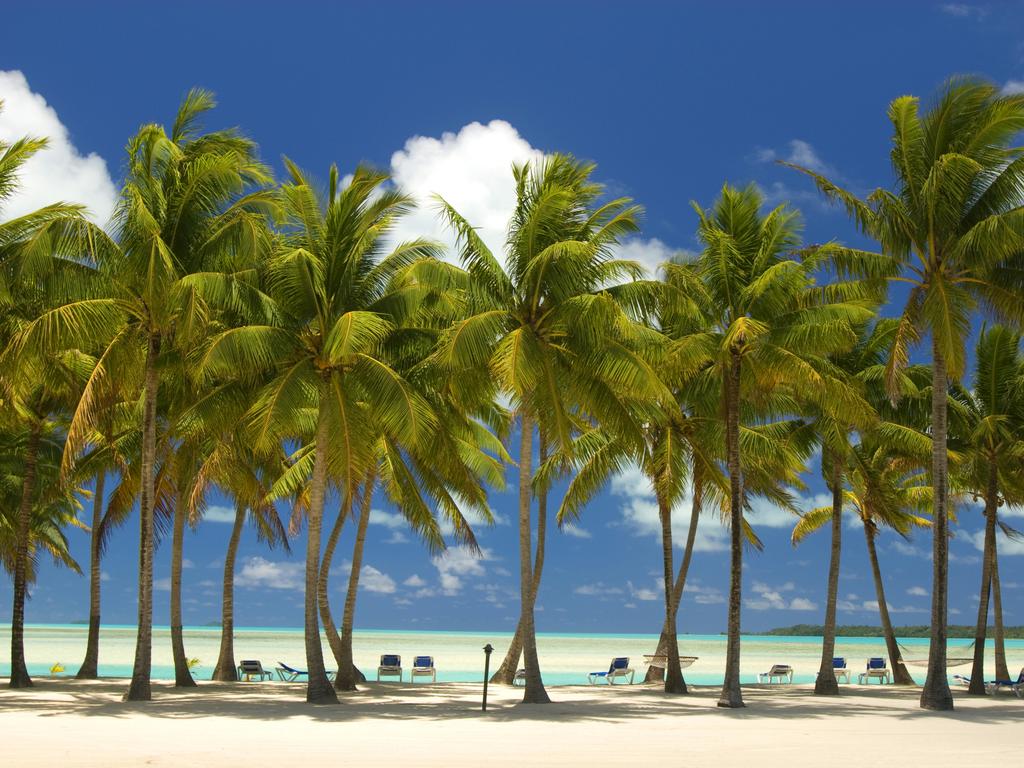Endangered Language on Guam
By: Brandon Dawson

An endangered culture is a culture than may face extinction due to key figures in a small cultural population, such as elders, dying off. An endangered language is a language that is not being taught to younger generations, and as such may face extinction. Guam, the largest of the Mariana Islands, is home to the Chamorro people. Being tens of thousands strong, they don’t face cultural extinction, but the language Chamorro is identified as an endangered language. While there are still nearly 38,000 native speakers of Chamorro, it is common for people to favor English over Chamorro due to a now defunct policy passed over 100 years ago. Naval Government Executive General Order No. 243, made in 1917, made English the official language of Guam, and banned speaking Chamorro. In the past century, a lot of work has been done to reverse the damage done by the naval administration. In 2013, a law was passed in Guam to increase the number of people taught Chamorro in school, and Chamorro immersion schools have been made which teach both Chamorro language and culture. Governor Torres of Guam has said “I know, it’s easier said than done. But my children speak Chamorro, because all we speak at home is our language. I give them love and respect in Chamorro. Children can speak English at school and with their friends, but they must learn Chamorro at home. Chamorro must start at home. Chamorro education is a plus, but it shouldn’t be the only tool for us to know our language.” However, many older people don’t speak Chamorro due to the old laws, so they couldn’t teach their children, so educational programs prove very important.










